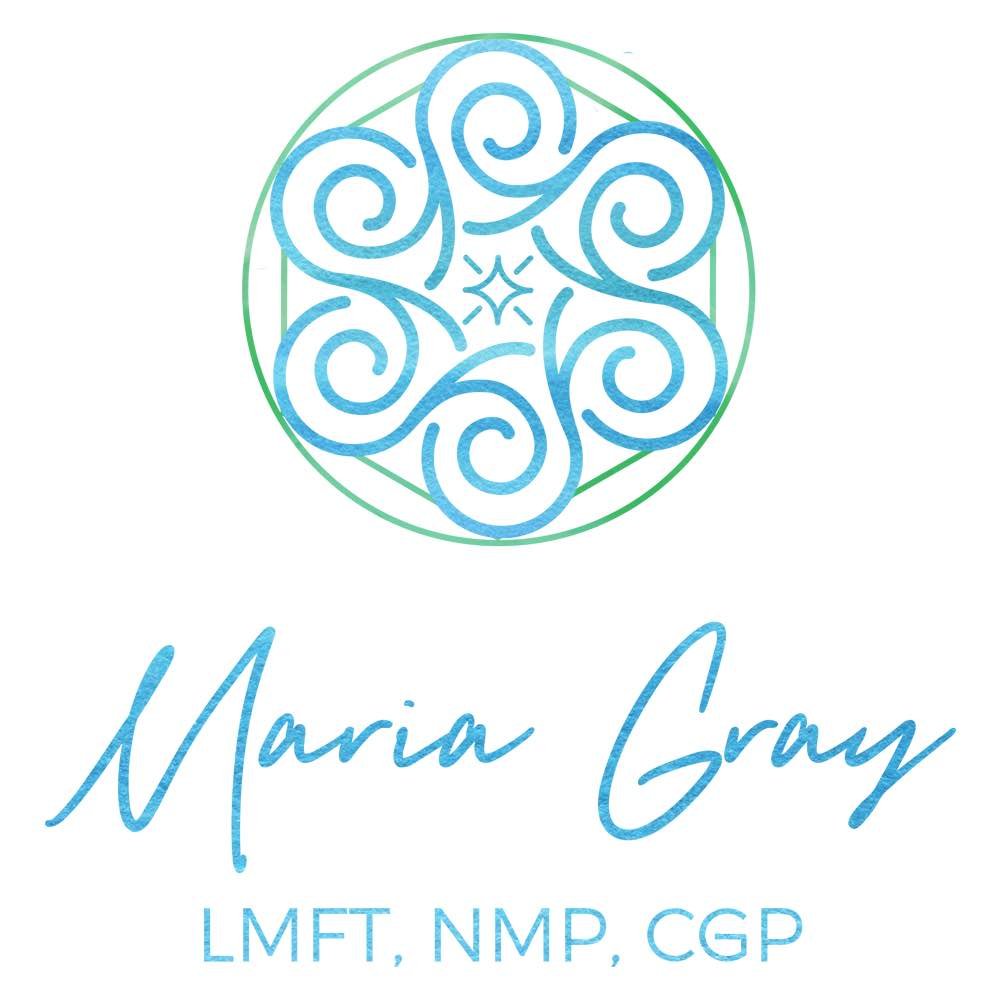What Happens in a Somatic Experiencing Session?
Maria Gray, Los Angeles-based therapist
About Maria Gray, LMFT, NMP, CGP:
I’m a Los Angeles based therapist with a somatic approach. I focus on helping my clients re-establish a connection with their bodies, and to the parts of themselves that are organized and grounded.
How Does Somatic Experiencing Release Trauma?
Somatic Experiencing (SE) is a body-oriented therapy used to treat trauma and stress-related disorders.
It was created by Dr. Peter A. Levine, who studied wild animals in their natural environments. He noticed that animals were able to recover from stressful events in a more adaptive way than humans.
Based on his observations and studies, he wrote a book (1997) entitled “Waking the Tiger: Healing Trauma: The Innate Capacity to Transform Overwhelming Experiences.” What he shared in this book has helped many individuals heal from past trauma with the support of trained somatic therapists.
Have you ever seen a dog “shake it off” after they’ve been startled? That movement – like they’re trying to dry themselves off but they're not wet – is an example of the way animals process sensations and emotions after a traumatic or stressful event.
Levine believes that these unprocessed sensations in the nervous system create symptoms like anxiety and depression. Humans were never taught to move their bodies after a traumatic event. The ongoing physical, emotional, and mental discomfort that often accompanies trauma has its roots in these unprocessed moments that remain in the body.
Somatic Experiencing (SE) is based on the premise that trauma isn't just a psychological event, but something that gets "stuck" in the nervous system leading to ongoing physical and emotional symptoms.
Somatic Experiencing (SE) therapists help their clients understand and track what’s happening in their nervous systems so they can notice when they are stuck in fight, flight or freeze mode, and return to a more regulated state.
Do I have to talk about my trauma in a Somatic Experiencing (SE) session?
No, it is not necessary for clients to describe a traumatic event during an SE session.
The body remembers the event, and processing the sensations with a trained SE therapist helps release “stuck” feelings and restores balance to your nervous system.
How is Somatic Experiencing (SE) different from traditional talk therapy?
While there are many types of talk therapy, more traditional, psychodynamic models focus on unconscious thoughts and feelings, and sometimes analyzing a client’s past history.
Somatic Experiencing (SE) therapists help clients track sensations in the body in the present using a “here and now” approach. It’s considered a “bottom up” therapy which means there is an emphasis on tracking sensations in the body. Traditional talk therapy uses a “top down” approach focusing on cognitive processes like thoughts and beliefs.
Can Somatic Experiencing (SE) help with anxiety?
Yes, Somatic Experiencing (SE) can be very helpful in treating anxiety. While SE is known for its effectiveness in addressing trauma, it’s highly effective in treating symptoms like anxiety and depression, which also have a strong physiological component.
What else can Somatic Experiencing help with?
SE is effective at treating shock trauma and Complex PTDS (CPTSD). Shock trauma can occur from an isolated incident, like a car accident. It’s also effective for clients who have expereinced developmental trauma which happens when people grow up around parents who are unable to meet their needs.
SE helps people begin to feel more like themselves and can alleviate feeling hyper and/or hypoaraousal in the nervous system.
Somatic Experiencing Therapy in Santa Monica and Online in California, New York, and Texas
Take the first step to get started with Somatic Experiencing Therapy. I see clients in-person and virtually in California, and virtually in New York and Texas. In-person appointments happen in my Santa Monica, California office.
If you’re a resident of California, New York, or Texas, call 424-442-9704. If I can be of support, we’ll schedule a free 15-minute call, where we’ll talk about what you’d like to explore in therapy and I’ll provide some details about my practice and the way I work.


